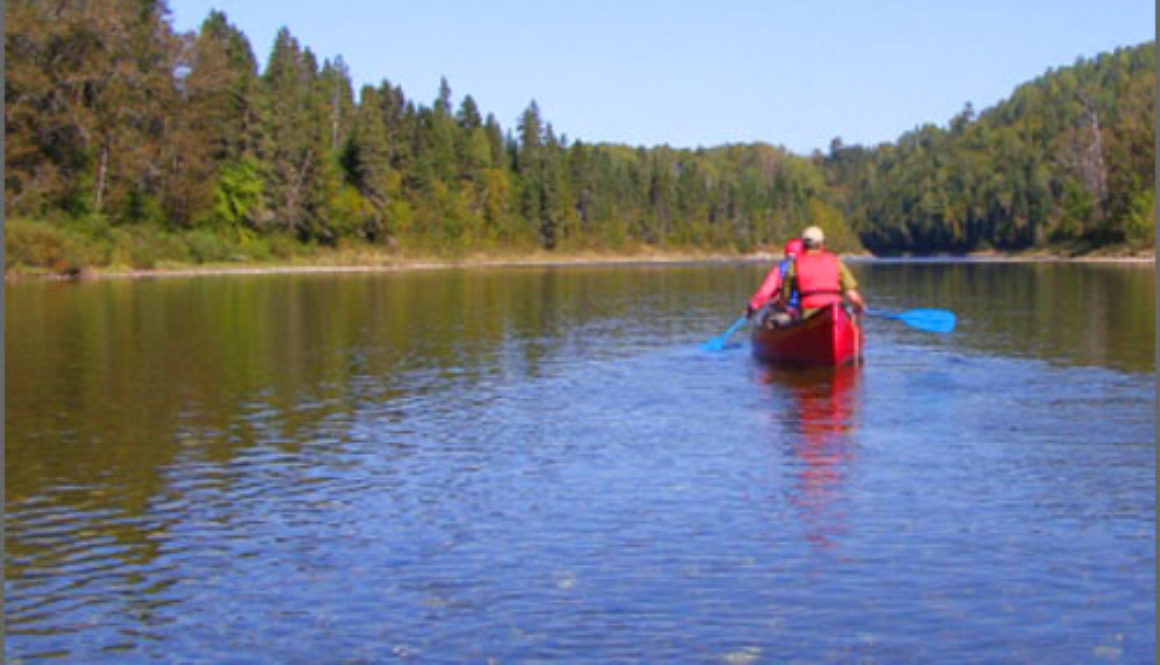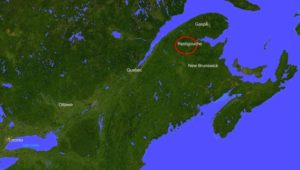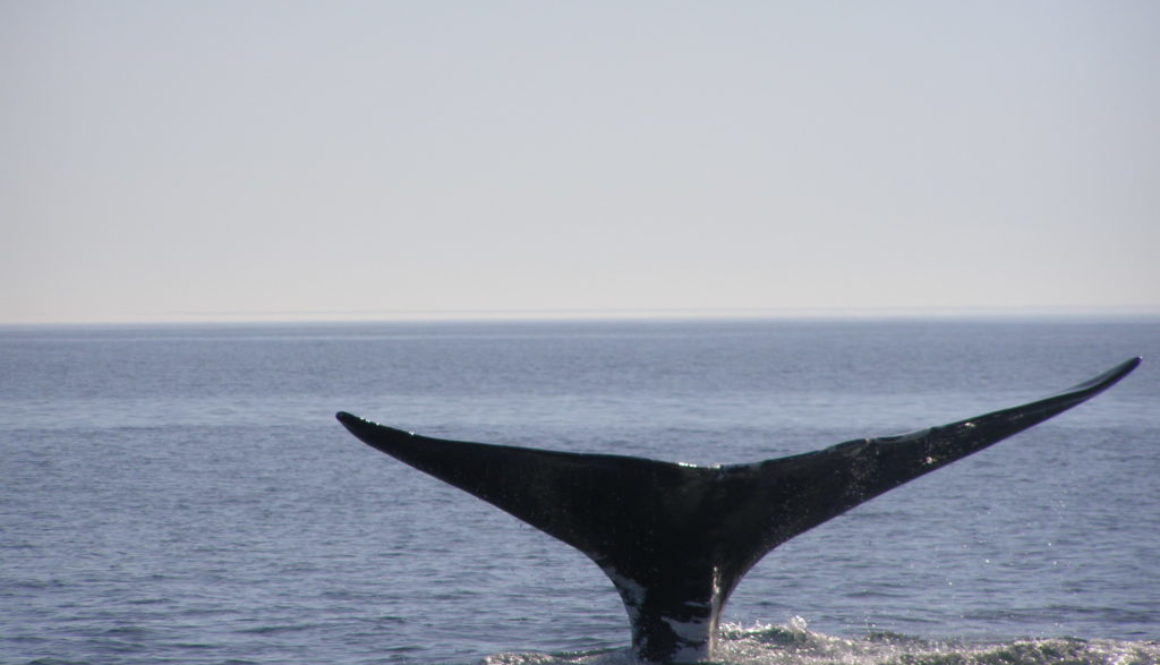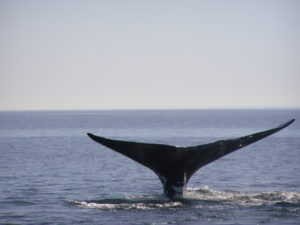– A new report from the Canadian Parks and Wilderness Society (CPAWS) finds that the federal government has made little progress in the past 18 months in protecting important areas of the Bay of Fundy, despite years of study documenting the need for stronger conservation measures to nurture critical sea life including the North Atlantic right whale, cold-water corals and haddock.
CPAWS issued a challenge to governments in June 2011 to protect 12 special marine areas, including parts of the Bay of Fundy, by December 2012 as an important step towards creating long-needed networks of marine protected areas.
“In New Brunswick and Nova Scotia, we’ve seen no progress in establishing a Bay of Fundy National Marine Conservation Area. Despite its international status as a marine treasure, the very ecosystems that make it so valuable are not being protected from the combined impacts of dragging, aquaculture, shipping, tidal turbines, and potential LNG terminals and marine sediment mining,” says Roberta Clowater, Executive Director of CPAWS New Brunswick.
“Across Canada, we’ve seen marked progress by governments in protecting four of the 12 sites, limited progress on four more, and no progress at all on the remaining four, so it’s not all bad news. However, other countries – most notably Australia — have pulled far ahead of us in protecting their oceans, leaving us with a mounting challenge to catch up,” says Sabine Jessen, CPAWS National Oceans Program Manager.
Twenty years ago, Canada made an international commitment to establishing a network of marine protected areas by 2012 in response to the growing threats to ocean life of overfishing, industrial development, pollution and climate change.
“Canada has made some progress on developing a marine protected area network policy since 2011, but the failure to advance quickly on the 12 sites, or to move more speedily on getting protected area networks in place is serious cause for concern,” adds Jessen.
“The 12 sites we identified 18 months ago have long been studied, and the time was ripe to move ahead with protection measures, so it is frustrating that the pace of action has been so slow. And with cutbacks now to budgets at Fisheries and Oceans Canada, Environment Canada and Parks Canada, we are seriously concerned about the government’s capacity to move ahead in creating and managing effective marine protected areas,” adds Jessen.
“It is like cutting off our noses to spite our faces. Marine protected areas are key to ensuring healthy stocks of fish and other forms of marine life for the future. There is absolutely no long term financial gain in failing to invest in marine protection,” adds Jessen.
The 12 marine areas that CPAWS recommended for protection by December 2012, listed below, are spread across the country:
• In the Pacific, the Hecate Strait Glass Sponge Reefs, Scott Islands, Southern Strait of Georgia, and Big Eddy are areas providing important habitat for sea life including Tufted Puffins, endangered Orca whales and rockfish.
• In the Atlantic, CPAWS recommended protecting the waters off the South Coast Fjords of Newfoundland, in the Laurentian Channel, St. Anns Bank off Nova Scotia, and parts of the Bay of Fundy, American Bank (La Gaspesie) and les Iles de la Madeleine in the Gulf of St Lawrence. These marine areas are home to a range of endangered sea life including Leatherback turtles, Right, Blue and Beluga whales, and nurseries for fish including herring, mackerel, flounder and Atlantic cod.
• In the North, CPAWS called for protection of the Arctic Ocean’s Lancaster Sound — critical habitat for Narwhal and Bowhead whales, as well as a biologically rich area in James Bay off Quebec, called Tawich.
In its report, CPAWS credits governments for significant progress towards protection of St Anns Bank off NS, Hecate Strait Glass Sponge Reefs, the Southern Strait of Georgia and the Scott Islands waters off BC, but laments the total lack of progress towards protecting BC’S Big Eddy, James Bay’s Tawich marine area, the Bay of Fundy, and the waters off the South Coast Fjords of Newfoundland.
CPAWS also raises concern that none of the 12 sites has received final legal protection, and the proposed conservation measures for the nine that have made some progress need strengthening to guarantee their long-term health.
CPAWS is recommending that Canada invest $35 million per year to create a network of Canadian marine protected areas.
“ Based on studies in other countries, the financial gain from protecting places within our oceans that nurture sea life and create better conditions for sustainable fishing and other local industries such as eco-tourism, are significant. We simply can’t afford to continue being world laggards in marine conservation – for our own sake and that of our children and theirs to come,” adds Jessen.
-30-
View full report, “How deep did Canada dare? Assessing national progress towards marine protection by the end of 2012”, January 2012
View CPAWS’ Dare to be Deep campaign for more background information.
Contact: Roberta Clowater, rclowater@cpaws.org, 506-452-9902.

 As the effects of climate change increase, most species will experience shifts in their natural home ranges in the north and at higher elevations. The following factors play a key role in how well plants and animals can adapt to changes in their environment.
As the effects of climate change increase, most species will experience shifts in their natural home ranges in the north and at higher elevations. The following factors play a key role in how well plants and animals can adapt to changes in their environment.

 Some examples include:
Some examples include: In New Brunswick, we need:
In New Brunswick, we need:
 A world-class destination for ecotourism, outdoor adventures, and angling, with plenty of economic tourism potential yet untapped.
A world-class destination for ecotourism, outdoor adventures, and angling, with plenty of economic tourism potential yet untapped.


